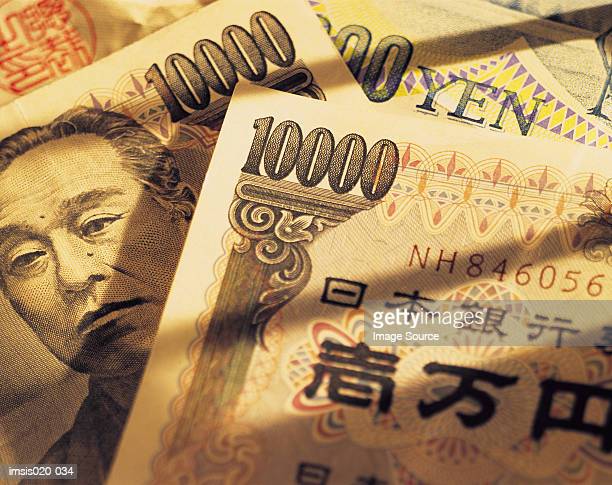Oct 21, 2022
VOT Research Desk
Market Insights, Considerations & Analytics
Japan’s inflation rate continues to rise. In September, core CPI reached its highest level since August 1991, rising to 3.0% YoY. This is the sixth consecutive month that the indicator has exceeded the Bank of Japan’s target of 2%, up from 2.8% in August. The figure of 3.0% matched the consensus, and the Japanese yen’s response has been muted.
The yen broke through the symbolic 150 level on Thursday for the first time since August 1990, and the downturn is likely to continue unless the Ministry of Finance (MOF) intervenes again. On Thursday, Finance Minister Shunichi stated that the government “remains committed to taking firm action against these moves” and that “excessive volatility in the currency markets must not be tolerated.
All of this has been said before, and these warnings are becoming increasingly ignored. Last month, when the yen breached 145, the MOF intervened to back up its rhetoric. However, the risky move had little effect on halting the currency’s decline, and now we are at the 150 level.
Because it is committed to an extremely loose policy in order to stimulate the weak economy, the Bank of Japan is not paying much attention to the fall of the yen. After declaring on Wednesday that the rapid fall of the yen was “undesirable,” Governor Kuroda intervened the following day with an emergency bond-buying package to limit the yields on Japanese government bonds.
It’s hard to take Kuroda’s comments about the yen seriously when these things happen. Kuroda has made it clear that the Bank will not change its monetary policy until it is certain that inflation is not temporary. That could take a long time, as other major central banks demonstrated.
Daily Chart
The monthly resistance for the USD/JPY pair is 150.27.The next resistance level is 1.5132, followed by support levels of 149.27 and 147.58.









